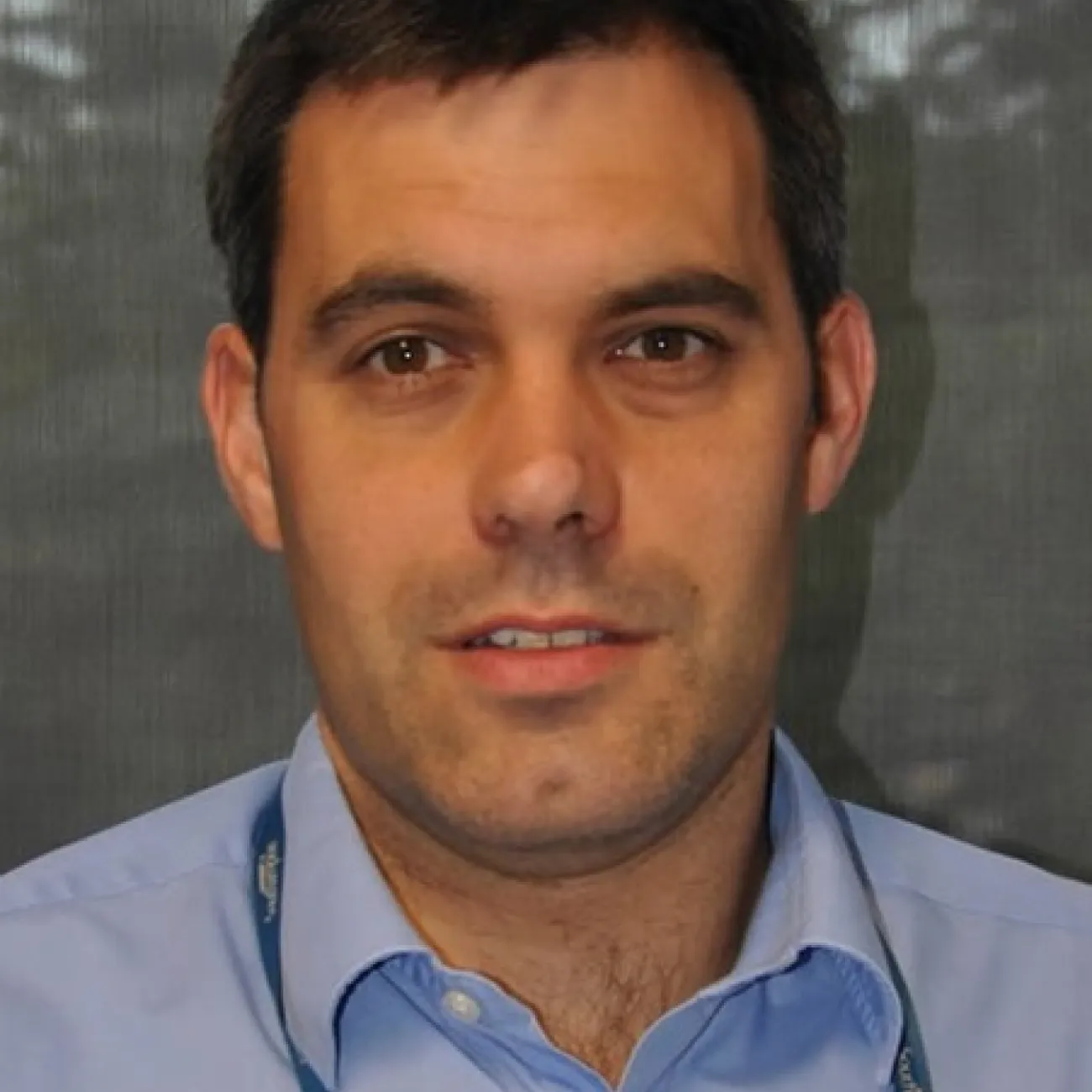About
Dr Dominic Taunton is an Associate Professor in Ship Science and Maritime Engineering within Engineering and Physical Sciences at the University of Southampton.
He is the Director of Programmes for Maritime Engineering.
Research
Research groups
Research interests
- My research interests lie in improving the design and operation of ships and other maritime artefacts, in particular high speed craft such as semi-displacement catamarans and hard chine planning craft, through the development of accurate but efficient tools for predicting and evaluating their performance.
- Experimental Hydrodynamics | This research focuses on the efficient use of experiments at both model and full-scale to measure the hydrodynamic performance of various ship types and maritime artefacts from wave energy devices to aircraft ditching on water. Recent research has looked at methods for quiescent period prediction for safe launch and recovery
- Human Element | This research developed from a project to integrate human performance into the design of high speed planning craft. This integration of the human element into the design process has resulted in collaborations with human element experts in order to improve ship design and operation. This approach has led to the development of human like autonomy behaviours to improve the seakeeping and fuel consumption of autonomous surface vehicles.
- Performance Sports Engineering | This research uses experimental and numerical approaches, often originally developed for ships, adapted for use in performance sports such as swimming, rowing, sailing, canoeing ans skeleton. This has included the development of test equipment and physics based simulators.
Research projects
Completed projects
Publications
Pagination
Teaching
External roles and responsibilities
Biography
Dominic Taunton received a Bachelor of Engineering with honours (Ship Science) from the University of Southampton in 1997. A Ph.D. in high-speed craft seakeeping from the University of Southampton in 2001. He then worked as a research fellow on the EPSRC funded ships’ wash impact management (SWIM) project and the EU PACSCAT river freighter project. He worked as a senior naval architect at BMT SeaTech Ltd, a naval architecture consultancy company providing bespoke ship simulation products and vessel performance monitoring and analysis. He returned to the University of Southampton in 2006 to work on a project investigating the design of high performance marine craft limited by human performance. In 2008 he was appointed as Roberts Fellow in Hydrosciences, Lecturer in 2011 and Associate Professor in 2022.
Prizes
- Lloyd's Register Safety Prize (2007)
- Royal Institution of Naval Architects Medal of Distinction (2008)
- Ian Telfer Prize (2005)
- Calder Prize (2001)
- Lloyd's Register Safety Prize (2007)
- Royal Institution of Naval Architects Medal of Distinction (2008)
- Ian Telfer Prize (2005)
- Calder Prize (2001)
